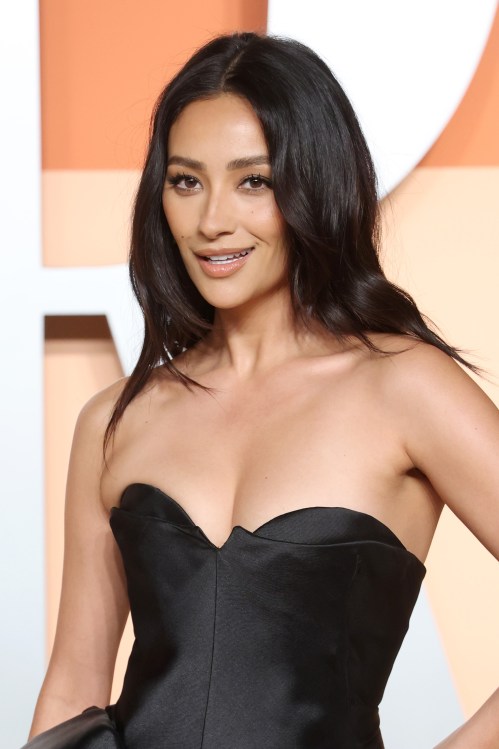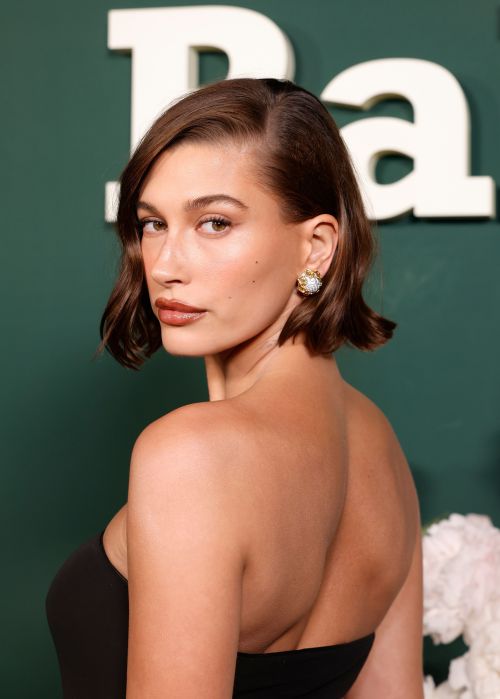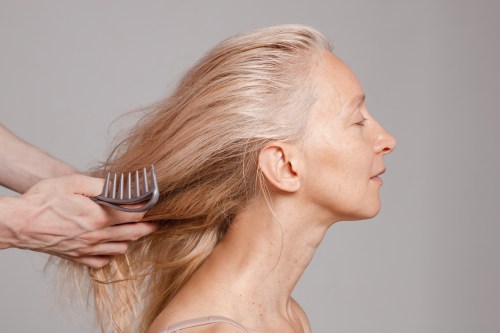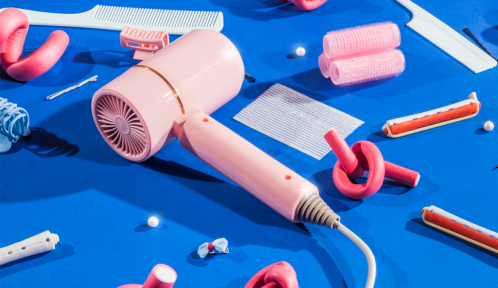Hair Experts Get Real On the 12 Types of Hair and How To Identify Yours
Learn about the 12 different hair types, how to identify your category, and how to best care for your specific kind of hair.

Just like with skin types, there’s a formulaic way to identify and categorize different types of hair. And it’s something trichologists (hair scalp specialists), stylists, and other hair pros have been using for years. It all started in the ’90s when Oprah’s hairstylist, Andre Walker, created an official system to recognize hair types. Now, the same system is still widely used in the world of beauty today, especially in the curly and textured hair communities.
Experts in This Article
CEO and co-founder of Myavana, a beauty technology company
founder and CEO of hair-care brand Crown Affair
trichologist and chief scientist at Évolis Professional
What are the 4 types of hair?
Based on Walker’s system, hair types fall into four texture-based categories: straight, wavy, curly, and kinky. Dominic Burg, PhD, trichologist and chief scientist for évolis Professional, explains that within each group, hair is then defined even more specifically according to three types of density: “It’s based on quite a simple classification that looks at the strand quality and shape—are your strands thin/fine, medium, or coarse,” he says. “Hair that falls into the curly and wavy types tend to be classified according to the coil shape and tightness more than the hair shaft thickness.”
These over-simplified categories come in handy when determining how to style your mane. “We categorize your hair to understand how to care for it best,” says Dianna Cohen, the founder and CEO of hair-care brand Crown Affair. “Treating your Type 2 hair with products made for Type 4 could leave it over-moisturized and weighed down, while a Type 4 gal borrowing a regime from a Type 3 friend could make her hair feel dry and brittle without the proper moisture.”
Why should I know my hair type?
Knowing your hair type is super helpful when choosing the right styling products, explains Candace Mitchell Harris, CEO and co-founder of Myavana, a beauty technology company.
“You want your hair to look a certain way,” says Harris. “If your hair is predominantly wavy and you want tighter curls, then you’re most likely looking for more curl definition. Knowing your hair type is the starting point from a style perspective and aesthetically how you want your hair to look because the hair type and texture are the visible factors of our hair.”
This knowledge helps you understand styling info, like the order of applying styling products or how to find the right dry shampoo. However, knowing your hair type is not enough when it comes to determining how to care for your hair so it can be its healthiest. That requires knowing more about the condition of your hair than whether it looks straight or wavy.
“The condition of your hair contains more of the variables that affect how your hair reacts and also the health of your hair,” says Harris. “So this is composed of your porosity, elasticity, and the condition of the cuticle layer of the hair strand. Is there the presence of breakage, splitting, or any damage to the hair shaft? This all indicates the overall health of your hair.”
You can figure out the condition of your hair by chatting with your hairstylist or trying out the Hair Analysis Kit + 3 Month Membership Bundle ($99) from Harris’s AI hair company Myavana, where for $99, you mail in samples of your hair to be analyzed in a lab, so you can learn all about it and get product recommendations.
But if you just want to understand your hair type for styling purposes, we’ve got the answers below.
How do I figure out my hair type?
It’s definitely not an exact science—hair changes as we do, and is often affected by dynamic factors such as age, environment, and physical health. It’s also all about perspective: “One expert may categorize your waves as 2A while another might say 2B, so it may take a bit of trial-and-error to discover your ideal number and regime,” Cohen says. “The end goal here is to have a connection with your hair, while also perfecting your routine, so your hair is both uniquely you and wildly healthy.”
And keep in mind that most people have a mix of different types of hair (or different curl patterns) on their heads. “We have a blend of hair types—we’re not just one hair type,” says Harris. “Some people are, but not everyone.”
You certainly don’t need a pro to identify your hair type. Cohen recommends washing your hair and letting it air dry naturally with no products or treatments. Then, cross-check the end result with the 12 categories below.
The 12 Different Hair Types
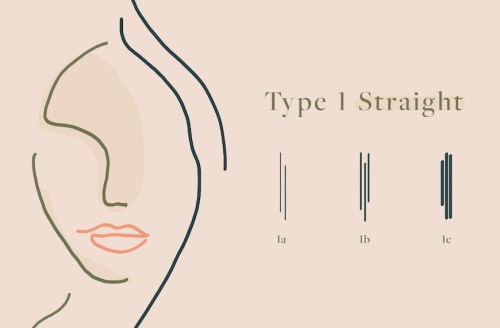
Type 1: Straight
The first type of hair is one of the easiest to identify but still contains a wide range of textures. Type 1’s sub-categories are defined mainly by how easily the hair holds a curl (largely from the texture of each strand).
1A: Fine and silky, 1A hair dries straight and usually struggles to hold a curl.1B: This type of hair has a fuller natural volume and may curl up at the ends, but has no “real” waves.1C: This hair is mostly straight with a few waves hiding out. 1C holds curls exceptionally well but is prone to frizz (Note: there are three types of frizz).
Pro Tips:
- “If your hair is straighter, brushing will be the cornerstone of your routine. Daily brushing helps keep your hair healthy and clean, so go take a few minutes every morning or night to brush it all out,” says Cohen.
- Reach for styling products like sprays and lightweight oils that won’t weigh down your strands.

Type 2: Wavy
Type 2 hair isn’t exactly straight, but also not exactly curly. It dries somewhere in between and, depending on its density, can have more or less S-shaped curls throughout. If you’re wondering, “Is my hair 2A or 2B or 2C?,” know that it may have characteristics of all three.
2A: Hair is fine and silky, but dries with a little more volume or loose wave.2B: That classic, beachy look with a medium texture and a little bit more frizz. These waves thrive with a hands-off approach.2C: This type of wavy hair is the thickest and may have a few curls scattered here and there; 2C hair benefits from finger styling and a little extra moisture.
Pro Tips:
- “Wavy types can benefit from volume and moisture, so look for products that provide a balance of these elements,” says Dr. Burg.
- “To maintain the body of waves, a volumizing shampoo really does the trick,” says Harris.
- Lightweight styling products are also important. “Using a mousse as opposed to a cream is great,” says Harris. “And if you’re wet styling your hair, a liquid leave-in conditioner does really well.”
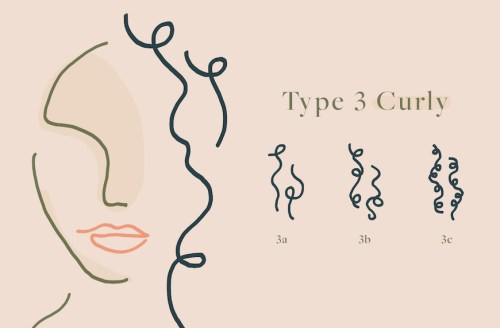
Type 3: Curly
Calling all curly girls. This curl pattern type ranges from light ringlets to big spirals and, given its shape and texture, tends to be the most delicate when it comes to frizz, product overuse, and heat styling damage.
3A: These are the largest curls and are often mixed in with some waves. Because 3A is on the finer side, it’s relatively easy to style and blow out, which means it requires a little extra TLC when it comes to heat.3B: These tighter curls can range in size and hold their shape when pulled out (unlike 3A); 3B hair is a bit more coarse, which means it’s usually full and susceptible to frizz.3C: 3C curls are thick, pronounced, corkscrew curls that usually begin to grow out and away from the roots before cascading down.
Pro Tips:
- “With improper care, the natural fall of the hair shafts is disrupted, so it’s best not to fight curly hair but help it find its shape,” says Dr. Burg. “Curly hair is best styled with fingers, rather than brushes when damp or wet.”
- “To have optimal style, detangling is like the most important part so a detangling conditioner is very important,” says Harris.
- “Leave-in conditioners, hair masks, and subtle use of styling products when the hair is damp will allow the curls to naturally find their shape, while maintaining shine and preventing frizz,” says Dr. Burg. Look for cream-based products.
- “A must-have is a liquid curl refreshing spray to use on a daily basis when you do wanna refresh your curls versus using a cream,” says Harris. Because when used daily, cream-based products can lead to harmful build-up.

Type 4: Kinky
Finally, Type 4 hair is coiled, full of texture, and is also the most common hair type found in Black women. Given its structure, it’s usually prone to dryness and loves some serious hydration.
4A: These are tightly coiled curls that grow out and away from the roots. Since they’re smaller, they tend to retain moisture a bit better but can still be thirsty.4B: Type 4B hair isn’t S-shaped like other curls and instead zigs and zags in different directions. It’s also usually more frizzy, and benefits from an oil or other frizz-control product.4C: This hair is dense with high volume. It’s kinky and tightly wound with no definitive curl pattern and, like other Type 4s, benefits from heat protection and hydration.
Pro Tips:
- To get optimal definition, “a curl-enhancing mouse is definitely a game-changer,” says Harris.
- If you’re looking to reduce shrinkage, “a curl gel is really good to help elongate the coil,” says Harris.
- Use hair oil to un-do twists in order to help reduce frizz, says Cohen.
Again, finding your hair type and building your respective routine might take some experimenting. Hair, like everything else, is extremely personalized, and you have to find what works for you. Use these categories as a guide to healthy, happy tendrils, but the more you explore and familiarize yourself with your own hair, the better your results will be.
Sign Up for Our Daily Newsletter
Get all the latest in wellness, trends, food, fitness, beauty, and more delivered right to your inbox.
Got it, you've been added to our email list.

